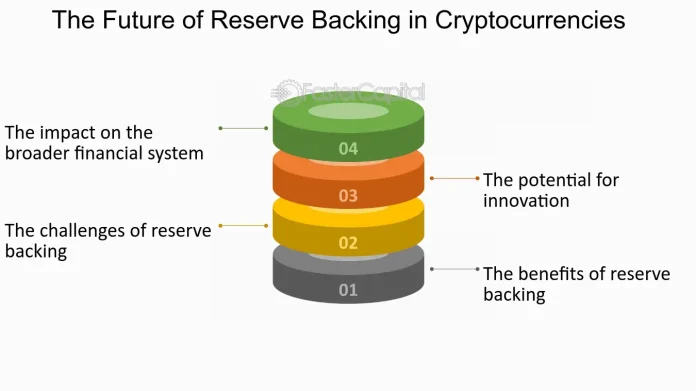Is Tether Safe? Understanding USDT Backing and Reserves
In the world of cryptocurrencies, Tether (USDT) plays an essential role by providing traders with a stable, dollar-pegged asset. As the most widely used stablecoin, USDT is everywhere—from major exchanges to decentralized finance platforms. But the question that often arises is simple and crucial: Is Tether secure? To answer that, we need to explore the details about USDT reserves, how they are managed, and what independent Tether audits reveal about the coin’s stability.
Tether operates on a promise that every USDT token is backed 1:1 by a reserve of assets. This is what allows Tether to maintain its peg to the U.S. dollar and provide users with confidence that they can redeem their USDT for real money if needed. However, the composition of these reserves—and how transparently they are managed—has been a major topic of debate and regulatory scrutiny for years.
Originally, Tether claimed that each USDT was backed directly by U.S. dollars held in traditional bank accounts. Over time, however, disclosures revealed that the reserves are made up of a variety of assets, not just cash. Today, Tether’s reserves include a mix of cash, short-term government securities (like U.S. Treasury bills), corporate bonds, secured loans, and other financial instruments. While this broader asset base still supports the value of USDT, it introduces a degree of complexity and potential risk that pure cash backing would avoid.
Transparency has been a sticking point for Tether. After several regulatory investigations, including a settlement with the New York Attorney General’s office in 2021, Tether agreed to publish regular reports detailing its reserves. Since then, Tether has provided quarterly assurance reports from third-party accounting firms, offering snapshots of the reserve breakdown. These reports show that the majority of Tether’s assets are now held in cash or cash equivalents, with a strong focus on U.S. government debt—a very low-risk asset class.
While these disclosures are a step toward greater transparency, critics argue that they are not full audits. A true audit would involve a comprehensive examination of financial records to verify the exact nature and security of the assets backing USDT. So far, Tether has not produced a complete audit by a major accounting firm, something that continues to raise eyebrows among regulators and cautious investors.
Despite these concerns, Tether has proven remarkably resilient through various market crises. During extreme events like the 2022 crypto crash and the collapses of major centralized platforms, USDT maintained its peg with only minor and temporary deviations. Redemption mechanisms stayed functional, and Tether processed billions of dollars in redemptions without significant delays or failures, reinforcing trust among many users.
That said, no stablecoin is entirely risk-free. Holding USDT involves trusting that Tether Limited can and will continue to manage its reserves responsibly, respond to redemption requests, and maintain the backing needed to support the circulating supply. External risks—like regulatory changes, legal actions, or broader financial crises—could also impact Tether’s ability to maintain its 1:1 peg under extreme circumstances.
For everyday users, the key takeaway is that while Tether is widely used and generally secure in practice, it is not immune to risk. If you are holding large amounts of USDT, it’s wise to stay informed about reserve reports, regulatory updates, and market conditions. Some investors diversify their stablecoin holdings across multiple issuers (like USDC or DAI) to spread potential risk.
Tether has strengthened its backing transparency and reserve quality over the past few years, making USDT a safer and more reliable option than it once was. However, understanding the nuances of USDT reserves and the difference between assurance reports and full audits is essential for anyone who wants to use stablecoins responsibly.










